Critical City Services
Critical City Services Policies
Expand a policy to view related resilience and adaptation strategies and their implementation statuses.
Implementation Highlights
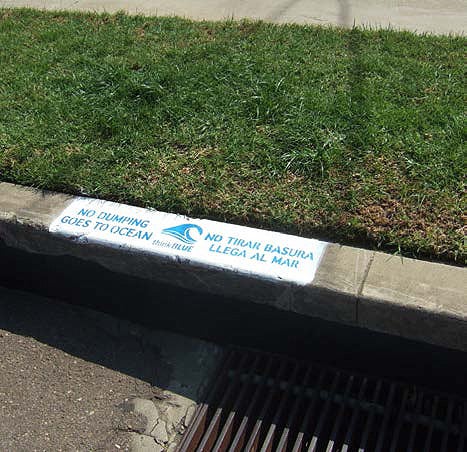
The Stormwater Department developed the first version of the Climate Change Resilient Stormwater System Design Guidelines that consider precipitation and sea level rise projections. The Design Guidelines provide recommended design criteria that incorporate climate change projections with the goal of preparing for climate change impacts and improving stormwater infrastructure resilience.
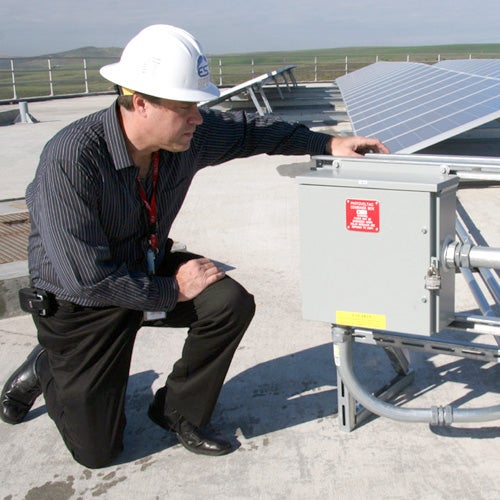
In coordination with the Department of General Services, Engineering and Capital Projects, and other City departments, the Sustainability and Mobility Department established a Phase 1 Portfolio of 59 municipal facilities to be assessed for energy improvements, including energy efficiency, solar, battery energy storage and microgrids. The Sustainability and Mobility Department selected an Energy Service Company partner to perform preliminary assessments of the Phase 1 facilities. These assessments will inform future upgrades to support the City's climate action goals and provide greater energy resilience to City facilities.
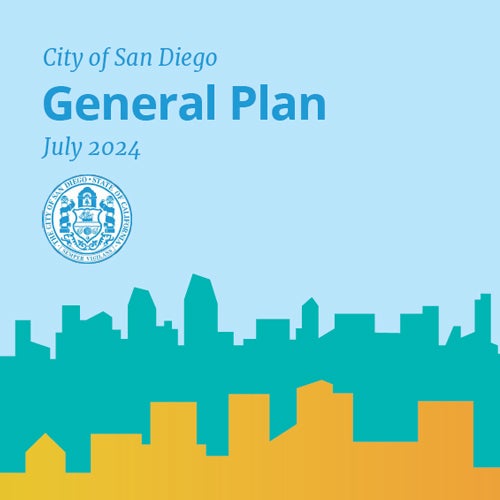
The City Planning Department incorporated climate resilience and hazard mitigation into its long-range planning efforts, such as Blueprint SD and the University Community Plan Update. Blueprint SD creates an equitable and sustainable framework for growth by identifying areas for more homes and jobs that are connected to options to walk, bike and ride transit. Blueprint SD also included updated policies that reflect the latest climate change science. The University Community Plan Update included considerations for sea level rise, flooding, wildfire and extreme heat risks posed to the community and included policies to mitigate these risks.
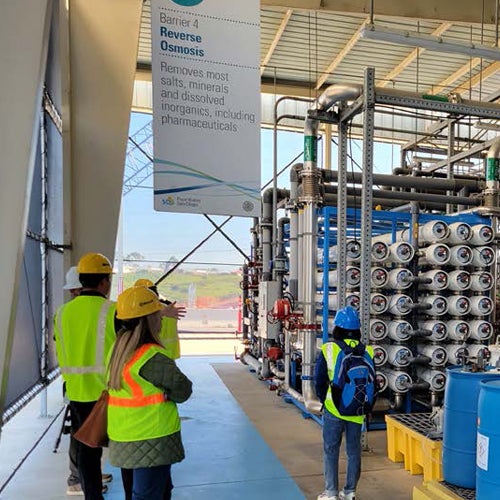
The Pure Water Phase 1 multi-year project is currently underway. Phase 1 includes 12 different projects that will clean recycled water to produce up to 30 million gallons per day of high-quality purified water, reducing the City's dependence on imported water.
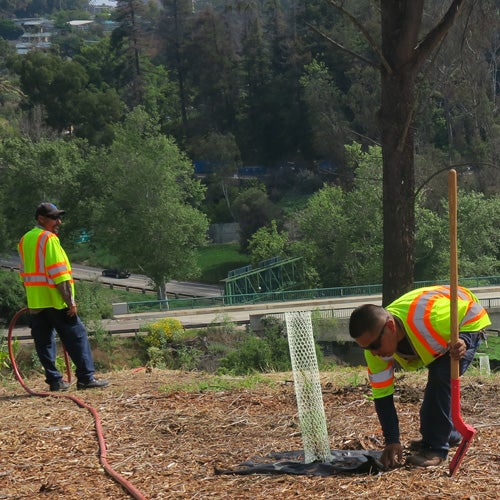
Fire-Rescue launched a webpage that provides an overview of two grant-funded projects that support community resilience and response to wildfire events. The San Diego River Conservancy grant includes brush management, weed abatement and fuel treatment within the San Diego River watershed. The project is aimed at conserving land, protecting resources, wildlife habitats, the San Diego watershed and reducing fire risk. This is a regional collaboration between San Diego County Fire, the San Diego Fire-Rescue Department and the Fire Safe Council of San Diego County. The project also includes cooperation with eight other fire agencies, two California Native American Tribes and 46 community Fire Safe Councils throughout the region. The project's activities, including public engagement and assisting residents with maintaining defensible space, will target disadvantaged communities with high fire risk.


